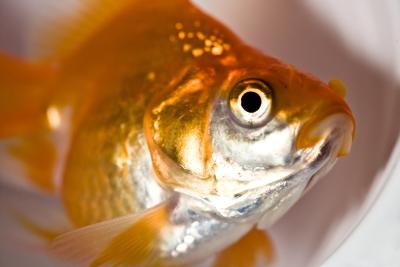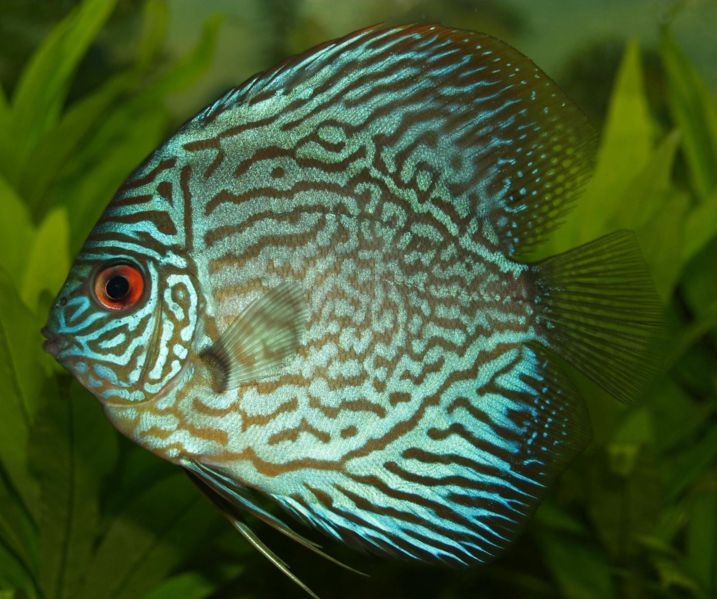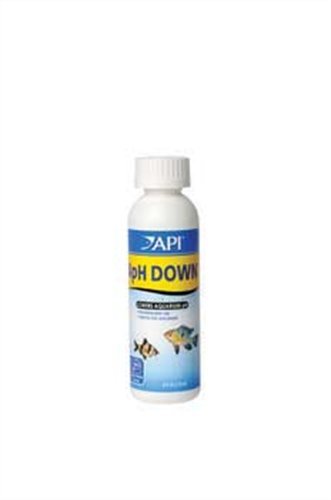How dangerous can an encounter with a tiny mosquito actually be?
There are over 3,000 species of mosquitoes in the world today. All of them vary in size, appearance, and location throughout the world, but even with the large variety of mosquitoes in existence, they do share some similar characteristics.
For one, mosquitoes all go through the same life cycle; from an egg, to a larva, to a pupa, all the way to being adults. Adult females lay their eggs in standing water such as lakes, puddles, and even in stagnant water in artificial containers like a plastic bucket. The first three stages of a mosquito's life, which lasts from 5 to 14 days, are aquatic. Once the adult mosquito emerges from the pupa floating on the surface of the water, it leaves the aquatic environment and lives from 4 to 8 weeks.
The mouthparts of mosquitoes are specially adapted for piercing the epidermis of plants and animals. Males typically live on nectar and plant juices, while females require the nutrients from blood in order to produce eggs. This is unfortunate, because mosquitoes are believed to be carriers and responsible for the transmission of very serious diseases. In fact, it is believed that they spread infectious diseases to millions of people every year. In subtropical climate areas, such as Florida, mosquitoes are the culprits behind three major diseases:
Dengue Fever- More than one third of the world lives in areas that are at risk for transmission of this disease, and it is a leading cause of illness and death in the tropics and subtropics, with as many as 100 million people being infected every year. About 80% of people who are infected do not show symptoms or have mild symptoms, while others experience a more severe illness, with symptoms including the dengue hemorrhagic fever, which can be life-threatening. Currently, there is no vaccine for the virus, and there are no specific treatments for the dengue fever.
Yellow Fever- There have been several major epidemics of this disease in the Americas, Africa, and Europe since the 17th century. In fact, it was considered one of the most dangerous infectious diseases in the 19th century, but the last epidemic in North America occurred in New Orleans in 1905. There is no specific treatment for the disease, but there is an effective vaccine, which is recommended when traveling in certain parts of the world. Symptoms include: fever, chills, nausea, severe headache, fatigue, and back pain, and in most cases, this initial phase goes away after several days and does not return. However, for some unlucky patients, a toxic phase follows. The fever returns along with many of the other symptoms, including: liver damage, jaundice, black vomit, nose-bleeds, gum bleeding, and bruising. In later stages, patients may develop: shock, hypotension, metabolic acidosis, acute tubular necrosis, cardiac arrhythmia, confusion, seizures, and may even fall into a coma. Fatality rates range from 15% to over 50%.
Malaria- Every year, there are more than 225 million cases of the disease, and approximately 781,000 result in death. 90% of these diseases occur in sub-Saharan Africa. Symptoms include fever, shivering, joint pain, vomiting, anemia, retinal damage, and convulsions. Severe malaria can cause coma and death if not treated. Children and pregnant women are especially at risk. There are several preventative drugs available, and when properly treated, most patients recover completely from the disease.
How Do You Keep Yourself Safe? Unfortunately, not even pest control professionals can get rid of every mosquito. Not only are there so many of them that it would be virtually impossible to eradicate the entire population, but many scientists also believe they are a vital part of the ecosystem. There are, however, many ways that you can protect yourself and your family from potentially being infected by the diseases they carry. The most effective is population control.
Remove Stagnant Water- If you set up a kiddy pool, be sure to drain it when you are done. Do not allow water to stand in outdoor potted plant saucers or pet bowls for longer than three days. Keep rain barrels covered or treat the water. Avoid the use of birdbaths, or change the water in them every three days.
Use Biocontrol- This is the act of importing naturally predators, such as dragon flies and certain types of fish. Do you have a pond or other body of water that may be attracting mosquitoes? It may be worth your while to introduce fish, such as bass, bluegill, catfish, goldfish, guppies, and killifish, which are known to consume mosquito larvae. You can also add fish to rain barrels. Pay attention to your drainage systems. Are they working properly, or are they creating puddles of water that sit for days at a time? Adjust the system so that there is less standing water for mosquitoes to lay their eggs in, and keep your eaves troughs, and gutters clean.
Use Repellent- If you are going to be outside during the hot summer months when mosquitoes are most prevalent, you can control the population that becomes attracted to you, your family, and your friends by making sure you are using bug sprays or repellant lotions. You can also use candles or other methods that protect a small area.

 How to Painlessly Kill a Fish
How to Painlessly Kill a Fish
How to P
How to Painlessly Kill a Fish
How to Painlessly Kill a Fish
How to P
 How to Clean a Small Fish Tank
How to Clean a Small Fish Tank
How to
How to Clean a Small Fish Tank
How to Clean a Small Fish Tank
How to
 What to Do About Bully Fish in an Aquarium?
What to Do About Bully Fish in an Aquarium?
What to Do About Bully Fish in an Aquarium?
What to Do About Bully Fish in an Aquarium?
 Cloudy Aquarium Water
How to Get Keep My Aquarium Water Clear
Cloudy Aquarium Water
How to Get Keep My Aquarium Water Clear
 Aquarium Setup
Buying an aquarium is a lot
Aquarium Setup
Buying an aquarium is a lot